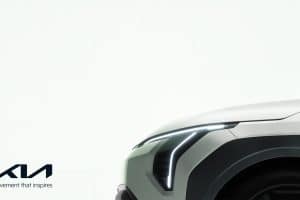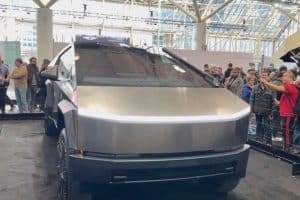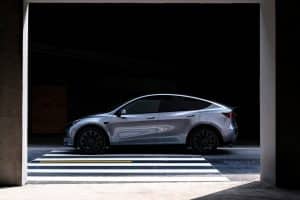A Cruise robotaxi operating without a safety driver recently collided with a San Francisco Municipal Transportation Agency (Muni) bus. There were no reported injuries. While the bus sustained modest damage, the damage to the Cruise vehicle’s front bumper was more severe.
At the time of the incident, the Cruise robotaxi was not carrying any passengers. The GM self-driving unit addressed the incident in a brief statement: “Yesterday, one of our vehicles made contact with the rear of a Muni bus. No injuries were reported, and there were no passengers present in the Cruise AV. We are investigating the incident and will take follow-up actions if appropriate.”
Based on Cruise’s comment and a photo of the incident, it appears that the robotaxi rear-ended the bus at a relatively low speed. A picture of the accident shared on social media shows the robotaxi still in contact with the bus. The impact occurred just after a bus stop too, which further suggests that the collision likely happened at low speeds, as noted in a Forbes report. The Cruise vehicle’s airbags did not seem to have deployed either, as seen in the photo.
This incident highlights the need for Cruise to further optimize its robotaxi fleet in San Francisco for real-world use. One could infer that the robotaxi’s suite of sensors should have detected the Muni bus, and should thus have stopped before the collision happened.
In a recent, separate incident, a Cruise robotaxi encountered fallen trolley wires during a high-wind storm. The vehicle drove through “caution” tape that was closing off a road and struck the non-live wires. While twisted caution tape may be difficult for sensors like LIDAR and radar systems to detect, trolley cables are thicker and are likely substantially more visible.
Although the recent storms in San Francisco have presented challenges, it can be assumed that Cruise has simulated such scenarios during its robotaxis’ training and testing processes. The incidents involving the Muni bus and trolley wires highlight the importance of real-world testing and edge case training for robotaxis to help ensure their safe operation. This is something that other companies which are also pursuing robotaxi technology — such as Waymo and Tesla — should really emphasize.





